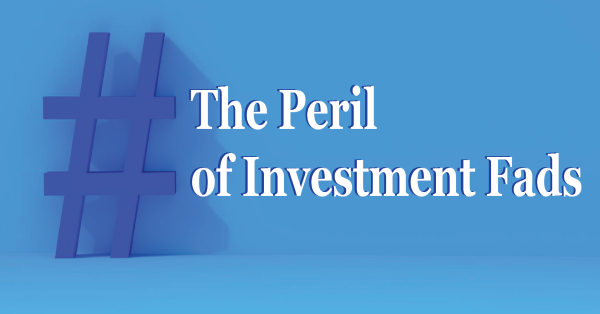As we are midway through the year, it can be a good time to take stock of what happened so far, and what we can learn about it. Looking back is an important activity as we seek to progress. It’s not about beating ourselves up for mistakes or feeding our ego for profitable decisions; it’s about improving our thought and decision-making processes.
The Fads of 2021
There are two dominant fads so far this year: “investments” in what are known as meme stocks and cryptocurrencies. Significant movements in both types of assets were driven by headlines and social media posts, not by fundamental changes in the businesses.
Hype is the primary force behind the making of a fad and is one way to discern the wisdom of an investment. Positive hype often drives prices higher and fuels overconfidence for investors. The lack of positive hype can deflate an asset and cause investors to dig in even deeper with their speculative convictions. Hype initiates a fad; our emotions keep the fad going.
Buyer Beware
Investing in a fad is not real investing; it is speculating. This is because price movement is driven more by what someone says or how a group of people feel rather than the underlying value or business the asset represents. Such stimuli are highly sensitive and may change radically on a daily basis without any foundation.
Fads can make or lose you a lot of money. A fad can be a fun and exciting way to invest, but beware, such excitement may be short-lived. The cost of the powerful, yet temporary, excitement may be significant.
Looking Forward
Expect to see more of these fads that seem to work better than your strategy. They will be touted with talks of “this time it’s different” and “paradigm shifts” to rationalize opinions and investment decisions.
The real question is whether you want your portfolio to be exciting and hip, or whether you want it to be enduring. We, at Biondo Investment Advisors, suggest the latter. The best way to build wealth is still through a diversified portfolio with solid investments held for the long-term.
Source: ©2021 The Behavioral Finance Network. Used with permission




